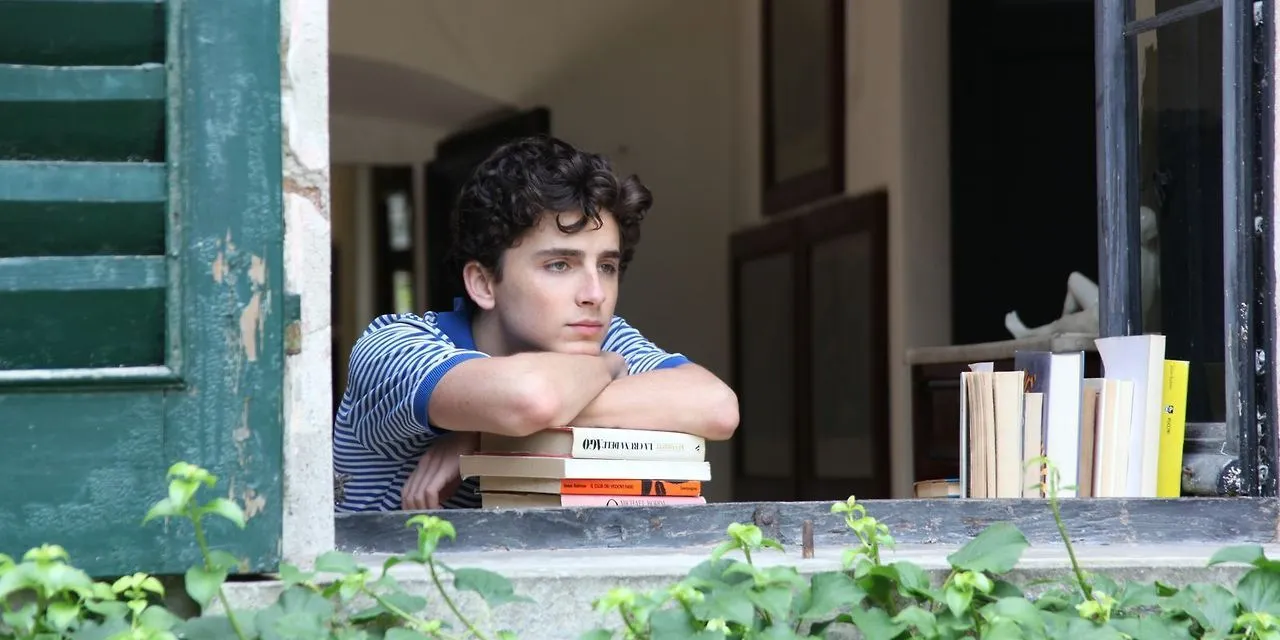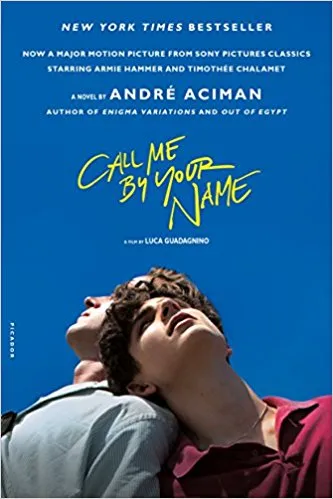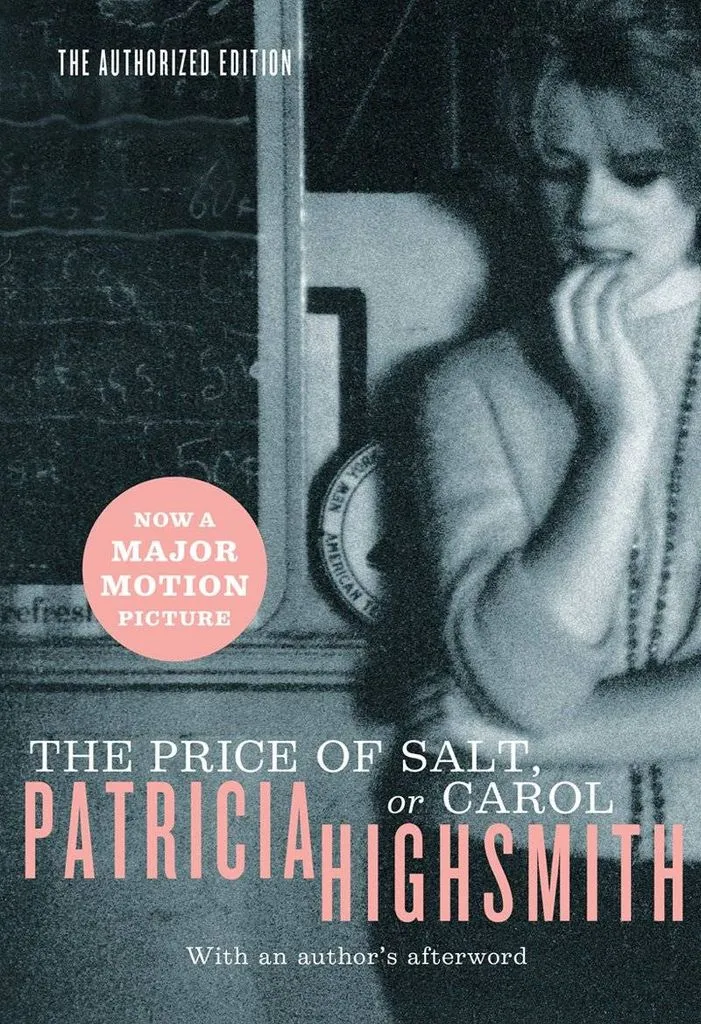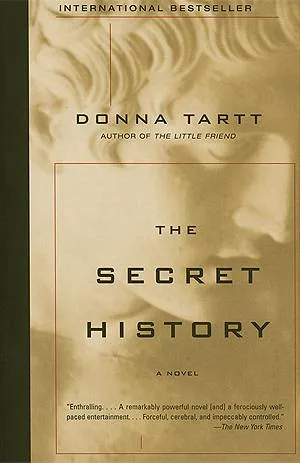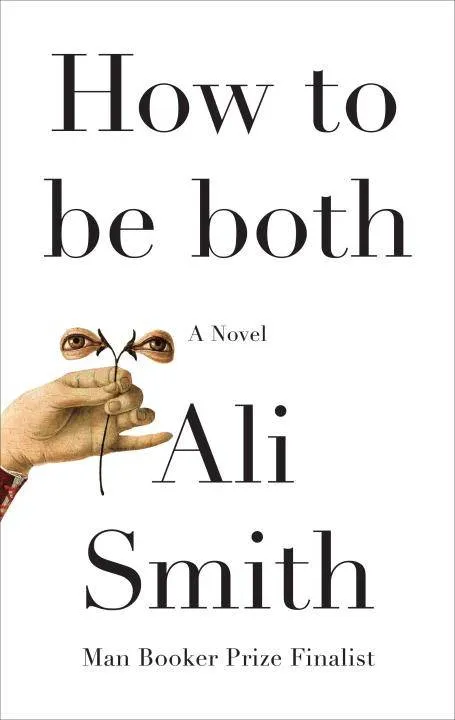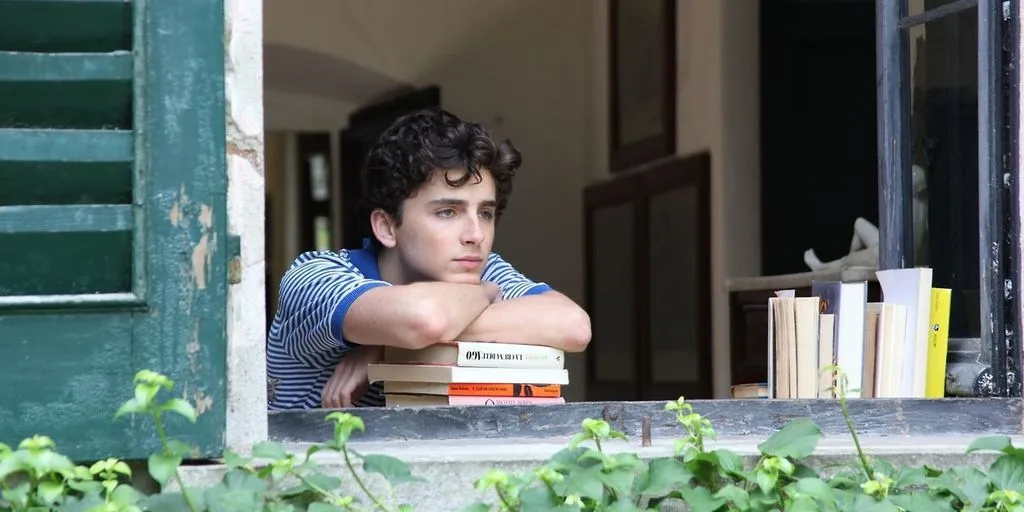
Books to Read After You Watch ‘Call Me By Your Name’
This content contains affiliate links. When you buy through these links, we may earn an affiliate commission.
I saw Call Me By Your Name twice. Once, after work in a near empty cinema with a bag of caramel popcorn and no knowledge of what I was about to see. I cycled home in the rain, buoyed by the heady images of an Italian summer: arts and classics and introspection and lust and swimming and peaches.
It seems obvious, but so many of those who love the film haven’t read the book. I don’t know which is better. I loved both. It’s the same, but it’s different. It goes beyond the film, beyond that one summer and into a life that’s not bathed in the gold of the Italian sun.
I read the book between my two viewings of the film. Now I wish I could consume them like that—film book film book film book film—until both are seared into my consciousness.
The Price of Salt (and its film adaptation Carol) and Call Me By Your Name are twins in a way—romantic tension coupled with sexual enlightenment. Both have beautifully brought Queer narratives to the public eye and enabled them to be something more than tales of tragedy.
Classics! Books! Clothes! Aesthetics!
Despite seeming (literarily speaking) worlds apart (The Secret History is all darkness, while Call Me By Your Name is the essence of light), the undercurrents of the two are the same—an obsession with beauty, slow and sultry observations of one’s surroundings, and a heightened sense of place.
Elio’s father is a classics professor, and Oliver is his student on a six week summer placement. Some of the most poignant moments of the film take place in the library discussing the curves of classical statues, or at a archaeological site as Elio and Oliver witness the discovery (or uncovering) of a classical artifact. While sharing their chosen subject, you’ll find a completely different kind of classics scholar in The Secret History.
Ali Smith’s How to be Both is a musing on gender and grief and art. It’s lyrical, all consuming, and one of the most insightful teen narratives I’ve read.
It’s a dual narrative that relies on chance as to which one you’ll read first: there’s the story of George, a precocious teenager struggling with the death of her mother, and simultaneously, the story of Francesco del Cossa, an Italian Renaissance artist. The narratives speak to one another and can be read in any order or on an infinite loop.
I like to think that Elio would like How to Be Both. He might see himself in both the characters of George (bicycling, loss, longing) and Francesco (art, identity, Italy), and delight in its pretentious structural complexity. I think he’d read it in the hazy heat of the Italian sun and then leave it by Oliver’s bedside—dogeared and annotated—waiting for a response.
